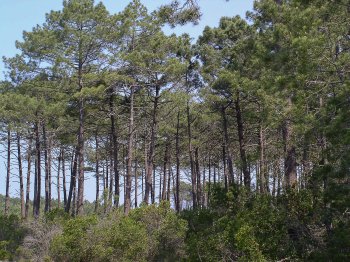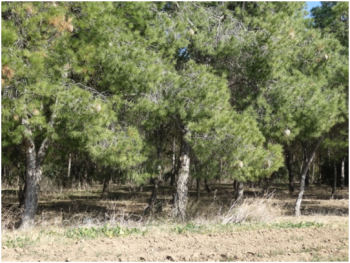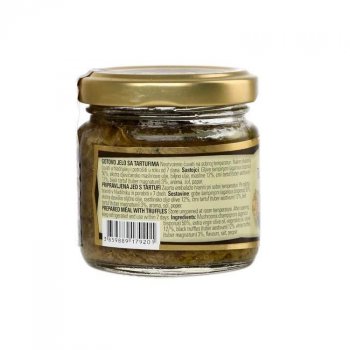Control and certification of ecological medicinal and aromatic plants in Croatia
The role and importance of organic production lie in the sustainable management of natural resources (preserves soil fertility, flora and fauna, water and atmosphere), forbids the use of chemical means of protection and fertilizers, restoring balance to nature and thus preserves biodiversity, encourages rural development and facilitates the development of small family farms, contributes to the development of eco-tourism and eco-villages and thus links agricultural, tourism and craft activities.





